Now in its third year, the IPSO CHALLENGE 2015, an annual event run by the IPSO Alliance, requires entrants to showcase how they use Internet Protocol (IP) and open standards in building devices for the the Internet of Things (IoT). This year’s entries came from around the world in a wide range of industry categories. Semi-finalists ranged from IoT platforms to a host of smart objects. Up against some tough competition, the Smart Rock Bolt emerged victorious, winning the grand prize of USD $10,000 during a ceremony held a the Designers of Things Conference, December 2, 2015 in San Jose.
Developed by Luleå University of Technology (LTU) and Eistec AB, the Smart Rock Bolt is a vibration-sensor-based device that has the potential to save miners lives by instrumenting tunnels to detect potential catastrophic collapses. 3D InCites spoke with Jens Eliasson, associate professor at LTU, and to Pete St. Pierre, president, IPSO Alliance Board of Directors, to learn more about this device, and what set it apart from its competitors.
The idea for the Smart Rock Bolt came to Eliasson as he contemplated the challenges and dangers faced by Sweden’s mining industry. Rock bolts are used to secure tunnels and other underground cavities, which can become unstable from blasting and other mining activities that cause movement and cracks within the rock walls, and ultimately result in tunnel collapse, he explained. Too much movement can damage these bolts, but it’s almost impossible to evaluate a bolt’s integrity as 95% of it is embedded inside the tunnel wall. Eliasson turned to the IoT to solve the problem. By embedding sensors that measure force load and monitor seismic activity using vibration sensors, it’s possible to keep track of vibrations and tell if a bolt has been torn in two. Add on-board signal processing to transmit information to gateways, which in turn propagates the information to control systems, and it’s now possible to perform real-time monitoring simultaneously on many rock bolts, and potentially prevent these tunnel collapses from occurring.
Eliasson explained that by basing all the communication on IP and IPSO Object Models to express functionality for each bolt, they were able to create plug-and-play devices that automatically register with a gateway to monitor and control systems. “The power of using standards is that it gives us the opportunity to add incremental value to the bolts by updating and adding sensors that, for example, could detect fire in a tunnel,” he said, adding that the standards also make the technology bolt agnostic.
Thanks to the IPSO Object Models, the technology is extendable beyond the mining industry to address similar dangers on bridges, auto and train tunnels, freeway slopes, and even underground rail systems. Additionally, the vehicle for the sensor technology doesn’t need to be a bolt – it could be embedded in any object used to secure structures, such as load beams on houses. Really, the possibilities are endless. It’s this extendibility that set the Smart Rock Bolt apart from the other entrants to win the IPSO CHALLENGE.
St Pierre noted that the range of entrants this year was “all over the place” from platform solutions targeted at developers, to objects, like the Smart Bolt, implementing intelligence to solve real problems. He also said that this year’s entries were up against the most refined set of solutions in three years of the IPSO CHALLENGE. “The open standards are solid enough, it’s easy to pick them up. So IPSO shifted focus from why to use the IP to how to get it done,” he explained.
The toughest competition for the Smart Bolt were the two-runners up, said St. Pierre, as they also created devices comprising a network of sensors talking to each other to solve a real-world problem. Second place went to EISOX’s Intelligent Thermostatic Radiator Valve, “a smart heating regulation system that autonomously controls the temperature inside each room of a house depending on human behavior, by using artificial intelligence algorithms and highly efficient human presence sensors.” This device is European market focused, as that’s where these types of radiators are used most. Third place went to MicroPnP’s IoT platform, a “a zero-configuration Internet of Things platform that instantly connects your things to the cloud.” A fourth IPSO CHALLENGE semi-finalist, Heads Up! received the People’s Choice Award. This device uses a smart object equipped with an accelerometer to monitor the position of a patient’s head when recovering from pneumatic retinopexy surgery, a procedure used to heal retinal detachment.
The winner of the IPSO CHALLENGE was chosen based on the use of open standards; and use of IP in an open manner, with as few proprietary elements as possible, so more can be used together. The fact that Smart Bolt also used IPSO Object Models may have been the tipping point, noted St. Pierre, at least from his perspective. “Along with the marketability and viability of the product, its not just about ‘have I solved the problem today with todays technology.’ Clearly they had a vision for additional sensors to add and what the utility is. They came up with a practical result that creates real business opportunities for them or for partners,” explained St. Pierre.
So what plans does Eliasson have for the $10,000 prize money? “We will create a spinoff company from the research institute, team up with mining companies and take this technology all the way,” he said. “We hope to be installing 10 devices in June.”
3D InCites congratulates winners and runners-up of this year’s IPSO CHALLENGE, and we applaud your ingenuity. Let’s see what you’ve got up your sleeves for next year. ~ F.v.T
The post With the Potential to Save Lives, Smart Rock Bolt Takes Home the IPSO CHALLENGE 2015 Grand Prize appeared first on 3D InCites.
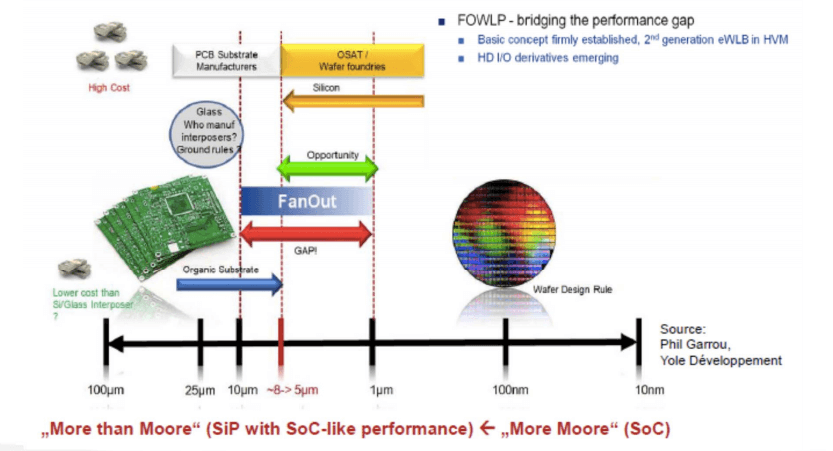
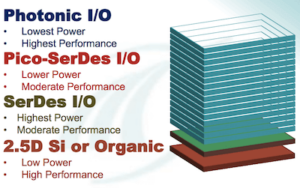
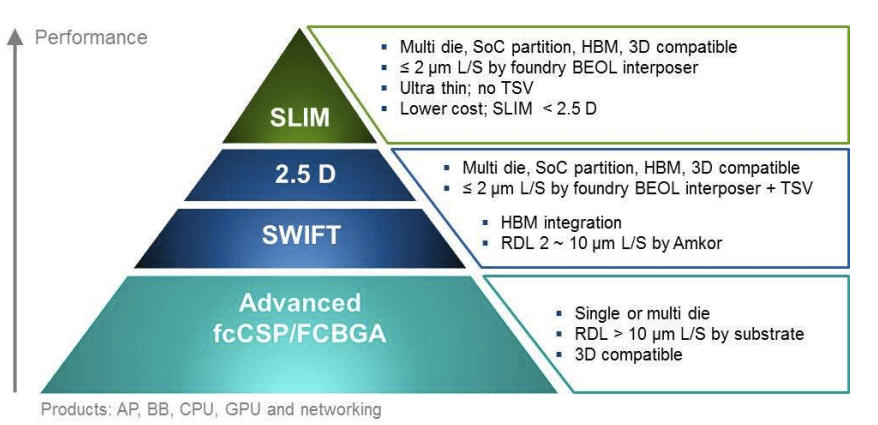
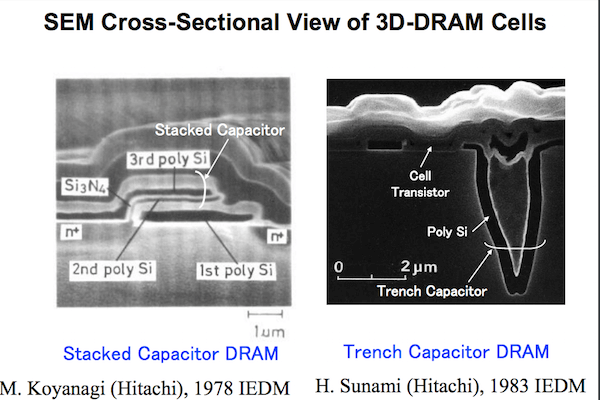
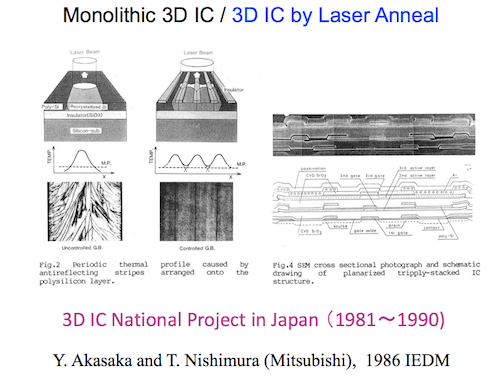
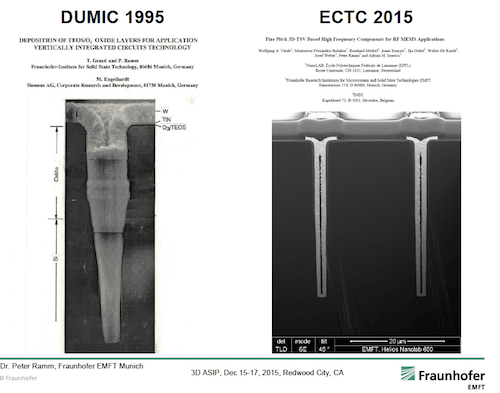
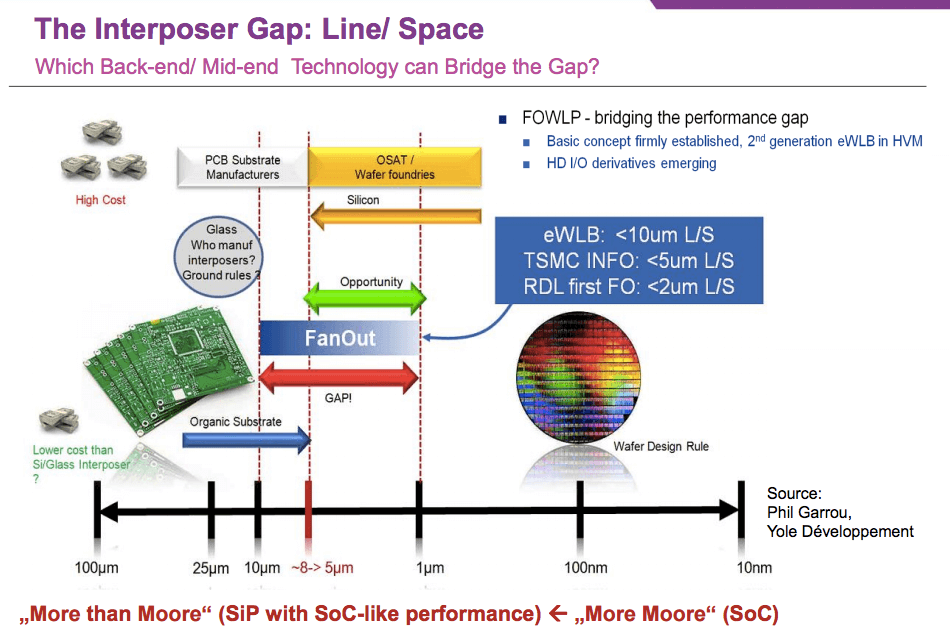
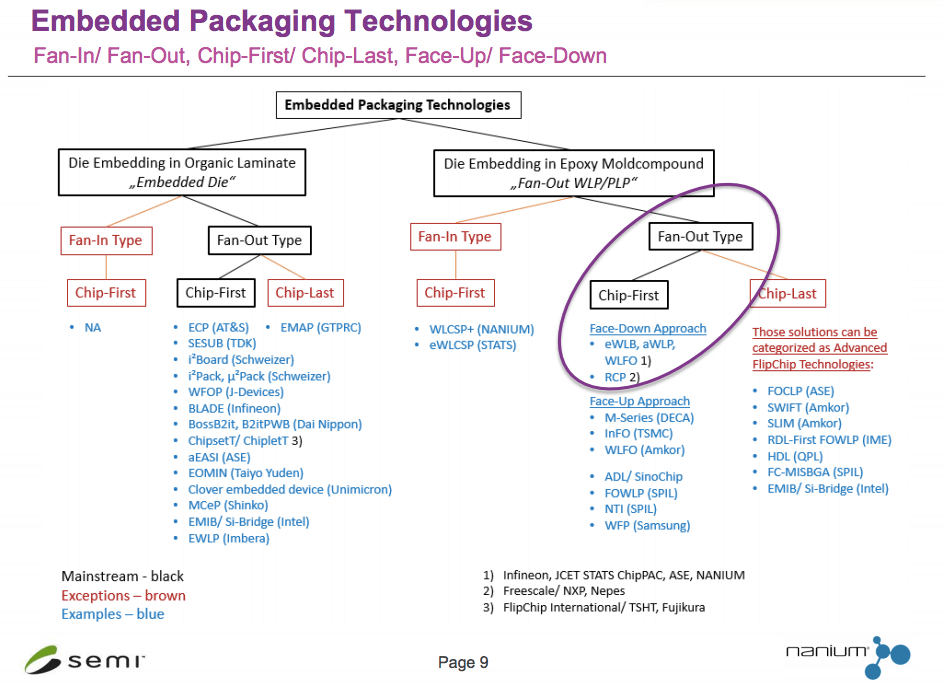



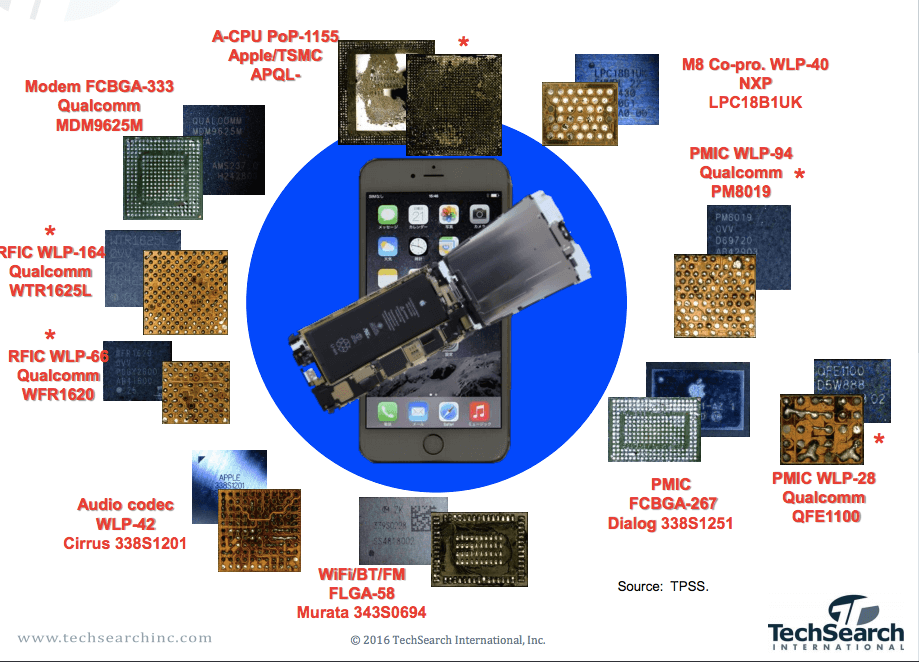


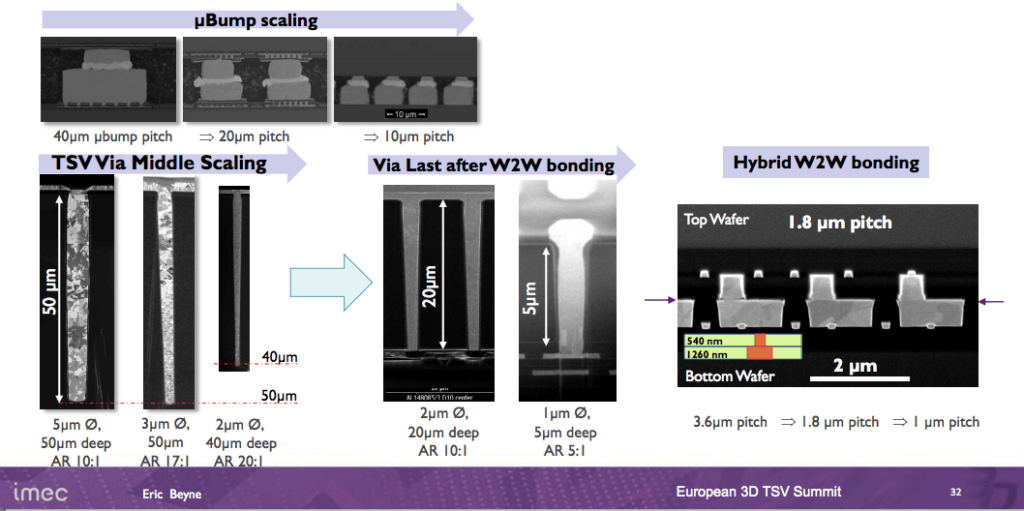
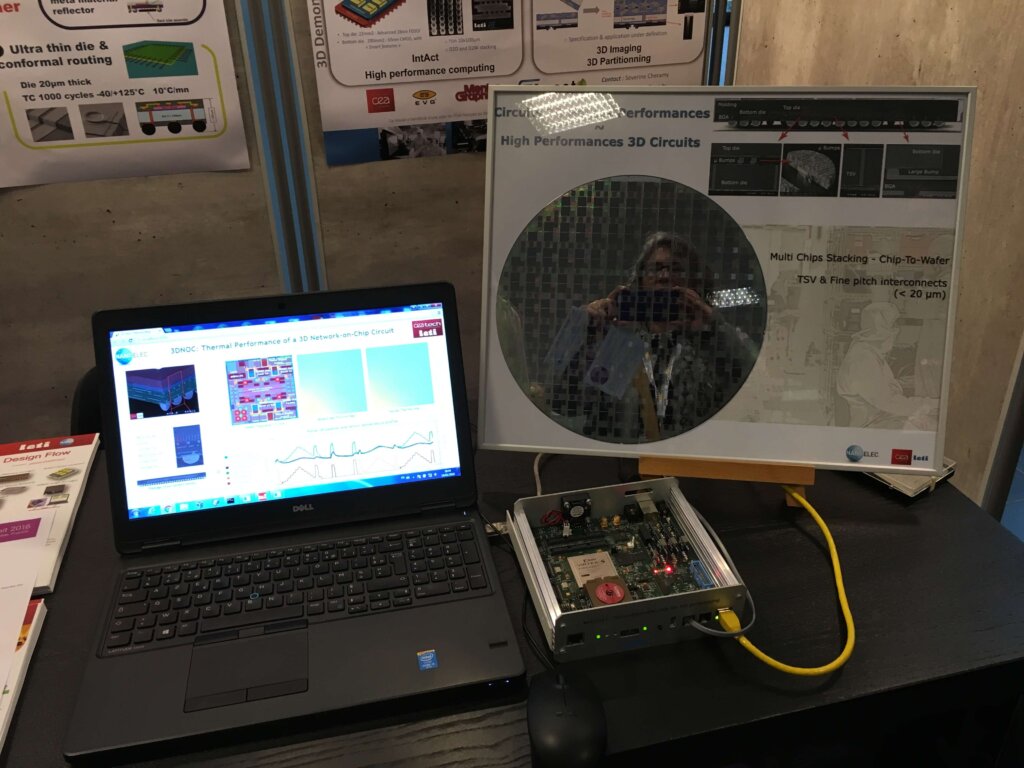



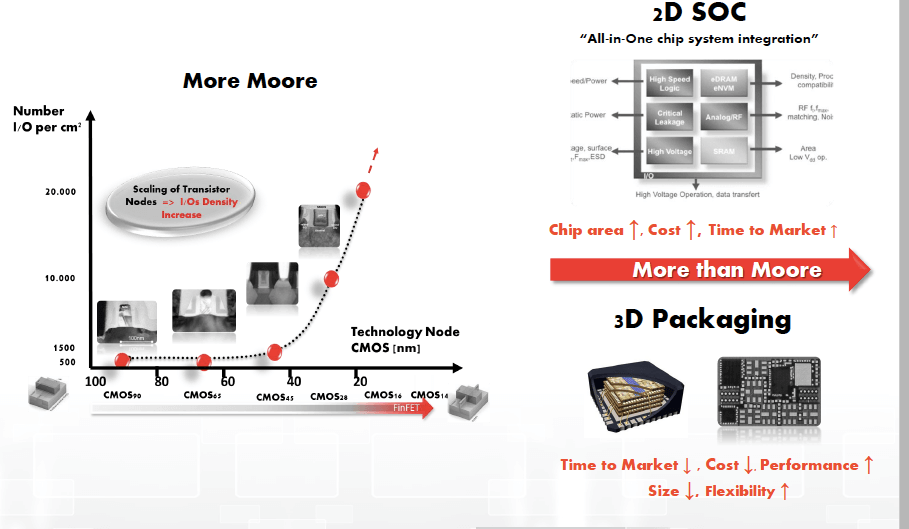
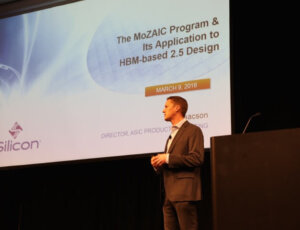
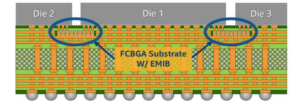

 For the first time ever, the Materials Research Society (MRS) brought its
For the first time ever, the Materials Research Society (MRS) brought its 

 In addition to these in-depth briefings, from a stroll through the technology corner I learned that:
In addition to these in-depth briefings, from a stroll through the technology corner I learned that: You might recall that a few year’s back (October 2013, to be precise), 3D InCites’ regular blogger,
You might recall that a few year’s back (October 2013, to be precise), 3D InCites’ regular blogger,